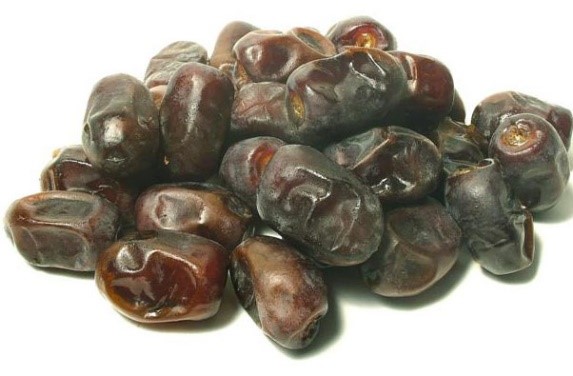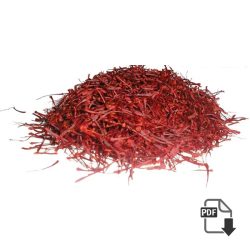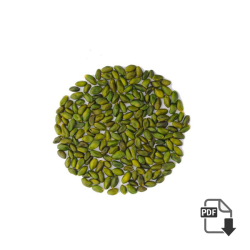A walnut is the nut of any tree of the genus Juglans (Family Juglandaceae), particularly the Persian or English walnut, Juglans regia. A walnut is the edible seed of a drupe, and thus not a true botanical nut. It is commonly consumed as a nut. After full ripening for its edible seed when the shell has been discarded, it is used for food as a garnish or a snack. Nuts of the eastern black walnut (Juglans nigra) and butternuts (Juglans cinerea) are less commonly consumed.
Please for more information or any inquiry click here ……
Walnut Characteristics:
Walnuts are rounded, single-seeded stone fruits of the walnut tree commonly used for the meat after fully ripening. Following full ripening, the removal of the husk reveals the wrinkly walnut shell, which is usually commercially found in two segments (three-segment shells can also form). During the ripening process, the husk will become brittle and the shell hard. The shell encloses the kernel or meat, which is usually made up of two halves separated by a partition. The seed kernels – commonly available as shelled walnuts – are enclosed in a brown seed coat which contains antioxidants. The antioxidants protect the oil-rich seed from atmospheric oxygen, thereby preventing rancidity.
Walnuts are late to grow leaves, typically not until more than halfway through the spring. They secrete chemicals into the soil to prevent competing vegetation from growing. Because of this, flowers or vegetable gardens should not be planted close to them.
Walnut Types:
The two most common major species of walnuts are grown for their seeds – the Persian or English walnut and the black walnut. The English walnut (J. regia) originated in Iran (Persia), and the black walnut (J. nigra) is native to eastern North America. The black walnut is of high flavor, but due to its hard shell and poor hulling characteristics it is not grown commercially for nut production. Numerous walnut cultivars have been developed commercially, which are nearly all hybrids of the English walnut.
Other species include J. californica, the California black walnut (often used as a root stock for commercial breeding of J. regia), J. cinerea (butternuts), and J. major, the Arizona walnut. Other sources list J. californica californica as native to southern California, and Juglans californica hindsii, or just J. hindsii, as native to northern California; in at least one case these are given as “geographic variants” instead of subspecies (Botanica).
Walnut Production:
In 2017, world production of walnuts (in shell) was 3.8 million tonnes, with China contributing 51% of the total (table). Other major producers (in the order of decreasing harvest) were the United States, Iran, and Turkey.
In 1998, walnuts from California accounted for 99% of all walnuts grown in the United States, and for 38% of the world’s production of walnuts.
Walnut Storage:
Walnuts, like other tree nuts, must be processed and stored properly. Poor storage makes walnuts susceptible to insect and fungal mold infestations; the latter produces aflatoxin – a potent carcinogen. A mold-infested walnut batch should be entirely discarded.
The ideal temperature for longest possible storage of walnuts is in the −3 to 0 °C (27 to 32 °F) and low humidity – for industrial and home storage. However, such refrigeration technologies are unavailable in developing countries where walnuts are produced in large quantities; there, walnuts are best stored below 25 °C (77 °F) and low humidity. Temperatures above 30 °C (86 °F), and humidities above 70 percent can lead to rapid and high spoilage losses. Above 75 percent humidity threshold, fungal molds that release dangerous aflatoxin can form.
— Food use of Walnut —
Walnut meats are available in two forms; in their shells or shelled. The meats may be whole, halved, or in smaller portions due to processing. All walnuts can be eaten on their own (raw, toasted or pickled), or as part of a mix such as muesli, or as an ingredient of a dish: e.g. walnut soup, walnut pie, walnut coffee cake, banana cake, brownie, fudge. Walnuts are often candied, or pickled. Pickled walnuts that are the whole fruit can be savory or sweet depending on the preserving solution. Walnut butters can be homemade or purchased in both raw and roasted forms.
Walnuts may be used as an ingredient in other foodstuffs. Walnut is the main ingredient in baklava, Circassian chicken, chicken in walnut sauce, and poultry or meat ball stew from Iranian cuisine.
Walnuts are also popular as ice cream toppings, and walnut pieces are used as a garnish on some foods.
Nocino is a liqueur made from unripe green walnuts steeped in alcohol with syrup added.
Walnut oil is available commercially and is chiefly used as a food ingredient particularly in salad dressings. It has a low smoke point, which limits its use for frying.
Walnut Nutritional value :
Walnuts without shells are 4% water, 15% protein, 65% fat, and 14% carbohydrates, including 7% dietary fiber (table). In a 100-gram reference serving, walnuts provide 2,740 kilojoules (654 kcal) and rich content (20% or more of the Daily Value or DV) of several dietary minerals, particularly manganese at 163% DV, and B vitamins (table).
While English walnuts are the most commonly consumed, their nutrient density and profile are generally similar to those of black walnuts.
Unlike most nuts that are high in monounsaturated fatty acids, walnut oil is composed largely of polyunsaturated fatty acids (72% of total fats), particularly alpha-linolenic acid (14%) and linoleic acid (58%), although it does contain oleic acid as 13% of total fats.
Health claims:
In 2016, the US Food and Drug Administration (FDA) provided a Qualified Health Claim allowing products containing walnuts to state: “Supportive but not conclusive research shows that eating 1.5 ounces per day of walnuts, as part of a low saturated fat and low cholesterol diet and not resulting in increased caloric intake, may reduce the risk of coronary heart disease.” The FDA had, in 2004, refused to authorize the claim that “Diets including walnuts can reduce the risk of heart disease” and had sent an FDA Warning Letter to Diamond Foods in 2010 stating there is “not sufficient evidence to identify a biologically active substance in walnuts that reduces the risk of coronary heart disease.”
— Non-food applications —
Folk medicine:
Walnuts have been listed as one of the 38 substances used to prepare Bach flower remedies,[14] a herbal remedy promoted in folk medicine practices for its supposed effect on health. According to Cancer Research UK, “there is no scientific evidence to prove that flower remedies can control, cure or prevent any type of disease, including cancer”.
Inks and dyes:
Walnut husks can be used to make a durable ink for writing and drawing. It is thought to have been used by artists including Leonardo da Vinci and Rembrandt.
Walnut husk pigments are used as a brown dye for fabric as once applied in classical Rome and medieval Europe for dyeing hair.
Cleaning :
The United States Army once used ground walnut shells for the cleaning of aviation parts because of low cost and non-abrasive qualities. However, an investigation of a fatal Boeing CH-47 Chinook helicopter crash (September 11, 1982, in Mannheim, Germany) revealed that walnut grit clogged an oil port, leading to the accident and the discontinuation of walnut shells as a cleaning agent. Commercially, crushed walnut shells are still used outside of aviation for low-abrasive, less-toxic cleaning and blasting applications.
Phytochemicals:
Walnut hulls contain diverse phytochemicals, such as polyphenols that stain hands and can cause skin irritation. Seven phenolic compounds, including ferulic acid, vanillic acid, coumaric acid, syringic acid, myricetin, and juglone were identified in walnut husks. Juglone, the predominant phenolic, was found in concentrations of 2-4% fresh weight.
Walnuts also contain the ellagitannin pedunculagin. Regiolone has been isolated with juglone, betulinic acid and sitosterol from the stem bark of J. regia.
Please for more information or any inquiry click here ……
https://www.irandriedfruit.com/walnut+cultural+pruning+practices
https://www.irandriedfruit.com/walnut-harvesting-a/
https://www.irandriedfruit.com/thinning/
All Type Of Walnuts
-
Walnut kernel Special wholesale price + analysis + sale offer
Iranian walnut kernel are divided into three grades according to the size, fat contain, color and halves.

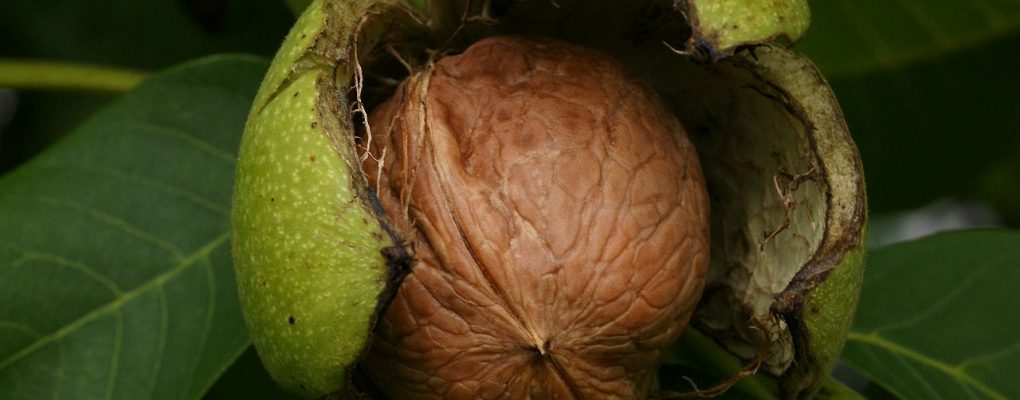
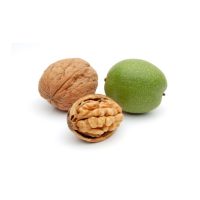
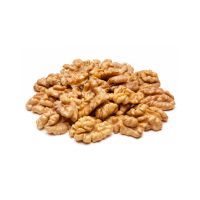

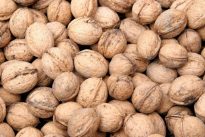
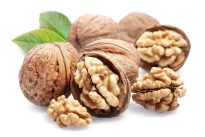
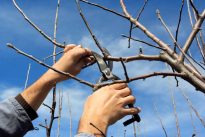
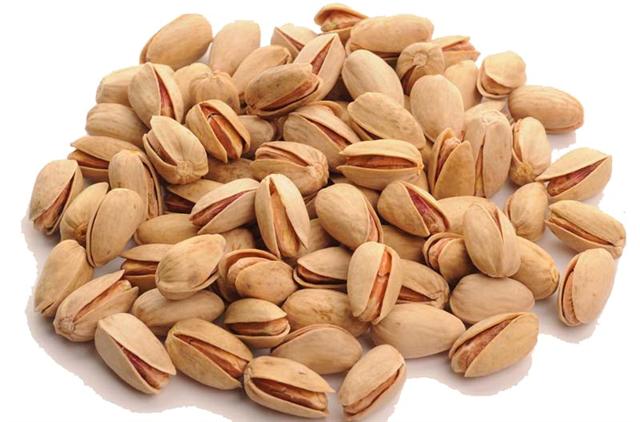
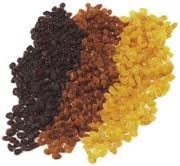 3 kind raisin
3 kind raisin 